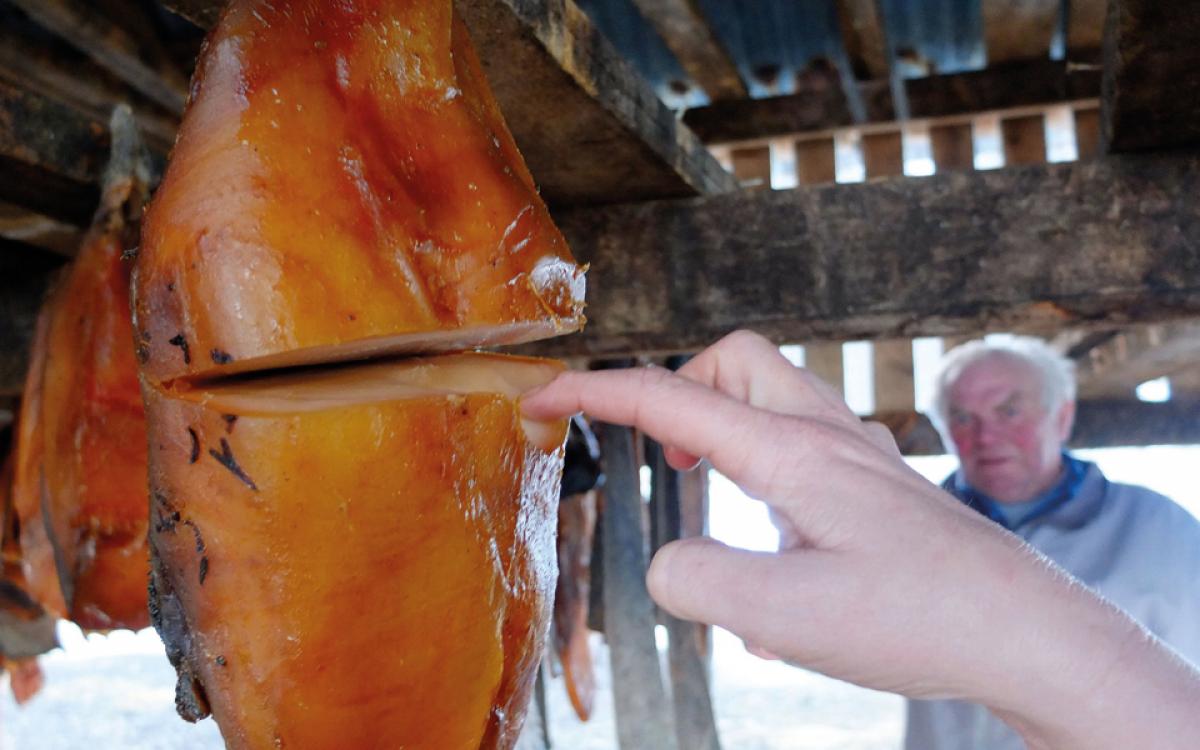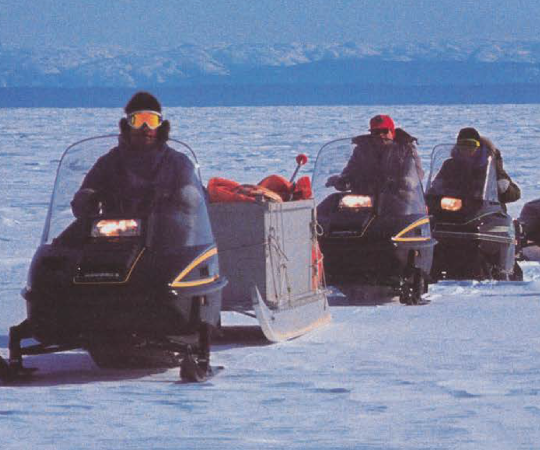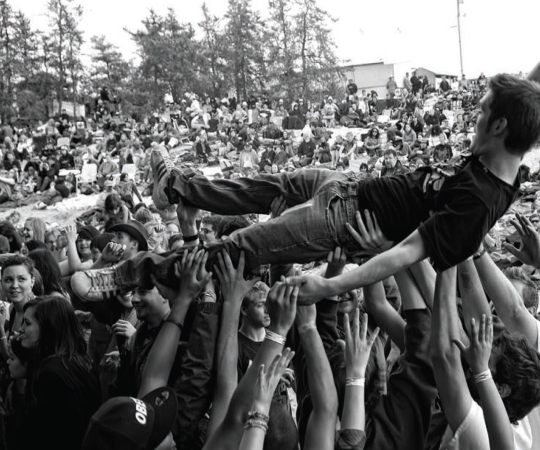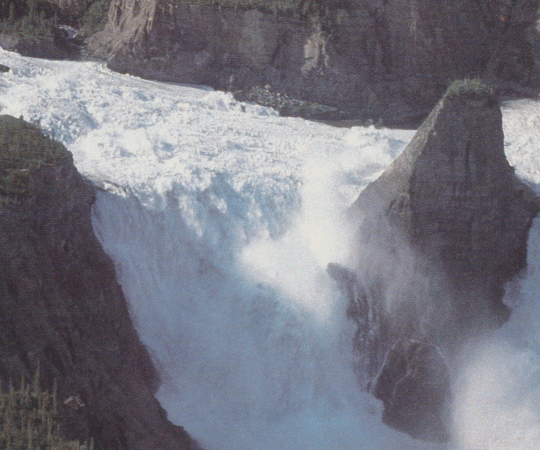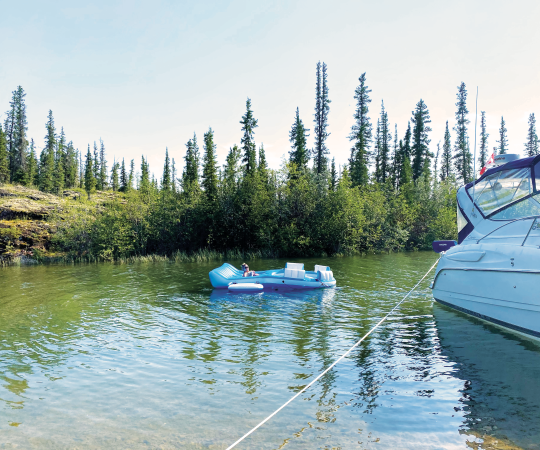There are some staples of Northern diets—which make an appearance at many a country food feast—that perfectly illustrate the concept of doing the best with what you’ve got. Think maktak (bowhead blubber), maktaaq (narwhal or beluga blubber), igunaq (fermented walrus). But such creativity isn’t limited to Canada’s North. Here are five treats from kitchens around the circumpolar world.
Blood pancakes: Greta Huuva, co-owner of Viddernas Hus, a restaurant offering Sámi cuisine in Jokkmokk, Sweden, grew up learning how to use every part of a reindeer. That includes dried, crusted reindeer blood. When a reindeer is slaughtered in the early winter, the stomach is cleaned with snow and filled with the animal’s blood. The sack hangs to dry until the spring, when it’s time to crush it into a powder (this takes a few hours, she says) and then moisten it with water to make a paste. Combine with wheat flour and salt, and you’ve got your batter. For best results: Fry the pancakes over an open fire.
Boska: Also known as wild celery, Angelica archangelica is a wild plant that Sámi children harvest in the early summer for the sweet marrow of its stalk. It’s like candy, says Huuva, and also tastes good when roasted over a fire. Going wild: Some kids stuff the hollowed-out husk with herbs, and smoke the resulting cigar—in secret, of course.
Kæstur hákarl: Never eat raw Greenland shark; its fresh meat can be toxic. Instead, do it like the Icelanders: slice the flesh into thick strips, bury it for six weeks to three months to ferment, then hang it exposed for about six months to cure. To check for readiness, use your nose; the more strongly it smells of ammonia (or pee, if that helps) the closer it is to completion. Pair with: A shot of Brennivín, Iceland’s national drink. Think vodka, but with caraway seeds for added flavour.
Sourdough hotcakes: When James Raffan, Canadian geographer and author of Circling the Midnight Sun, visited elder Clifford Weyiouanna in Shishmaref, Alaska, he was treated to a meal of flapjacks, an old family favourite. Weyiouanna prepared flapjacks made with sourdough starter that his father had originally made more than 90 years prior. Over decades, the family had broken off a portion of the starter and fed the original stock to replenish it. Best before date: Infinity, apparently. Even Raffan got to take a portion home with him.
Kumys: Fermented mare’s milk, common in Central Asia, is also considered a sacred beverage in the equestrian
Yakuts culture of eastern Russia. Raffan took a few sips while meeting with Maxime Duran, a young shaman. Acquired taste: “Imagine what you might find at a cheese factory that comes out of the vat of cheese after the cheese curds have been taken out,” says Raffan. In short: watery, acidic, and lumpy.

